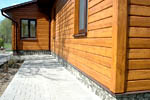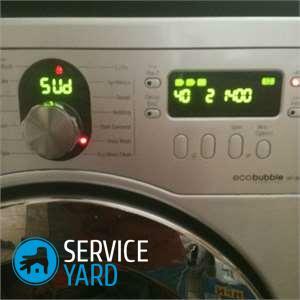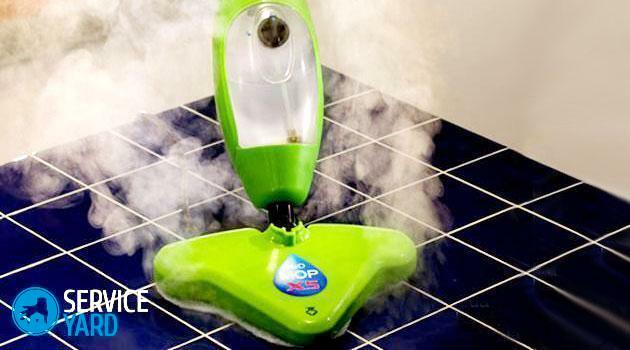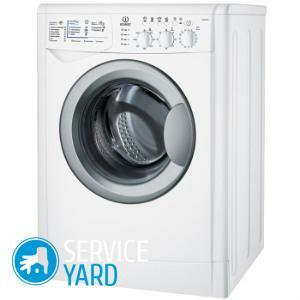Houses in suburban areas are mostly not plastered, but finished in whatever way facing material. For example, siding houses look very attractive. Most manufacturers of this material promise durability and great looks for years to come, but how are things going in practice? This is exactly what will be discussed in the HouseChief editorial review. We have collected all the important information about different types of siding and useful recommendations for its installation.
Read in the article
- 1 Features of different types of siding and examples of finishes
- 1.1 Vinyl cladding and its features
- 1.2 Metal siding
- 1.3 Acrylic panels and their characteristics
- 1.4 Ceramic siding (Japan)
- 1.5 Fiber cement siding
- 1.6 Wood cladding
- 1.7 Plinth cladding
- 2 Design of houses clad with siding: by photo or by budget
- 3 How to install siding with your own hands: basic recommendations
Features of different types of siding and examples of finishes
Of course, it's easy to choose from two, well, a maximum of three options. But what if there are a lot of species and each is good in its own way? For example, there are many varieties of siding, each of which has its own advantages and disadvantages. So, before deciding, it is worth considering the materials from all sides.
Vinyl cladding and its features
This type of finish is breaking records in popularity and many simply do not realize that there are other options. The main advantage of vinyl siding is its cost. It is for this reason that most developers with a modest budget prefer to use this material.
The second advantage of this type of cladding is ease of installation. Each part has a lock that allows you to firmly fasten it to the adjacent element.
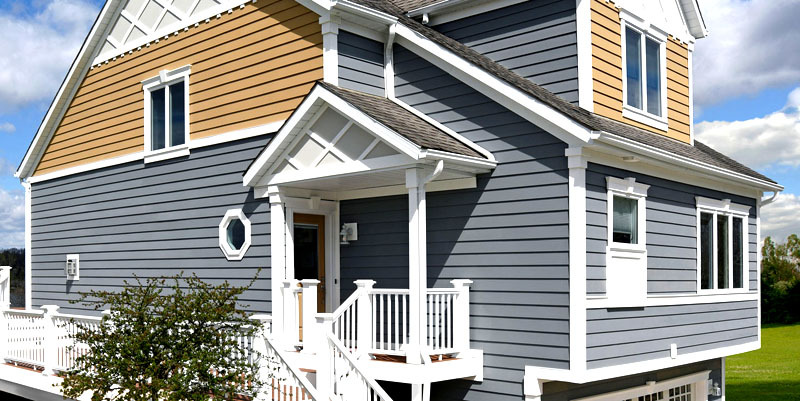
A feature of this material is that it allows air to pass through well. In addition, it transforms the look of the building's façade and is easy to maintain.
But this material has its drawbacks. Vinyl is fragile and loses its original appearance due to direct exposure to direct sunlight.
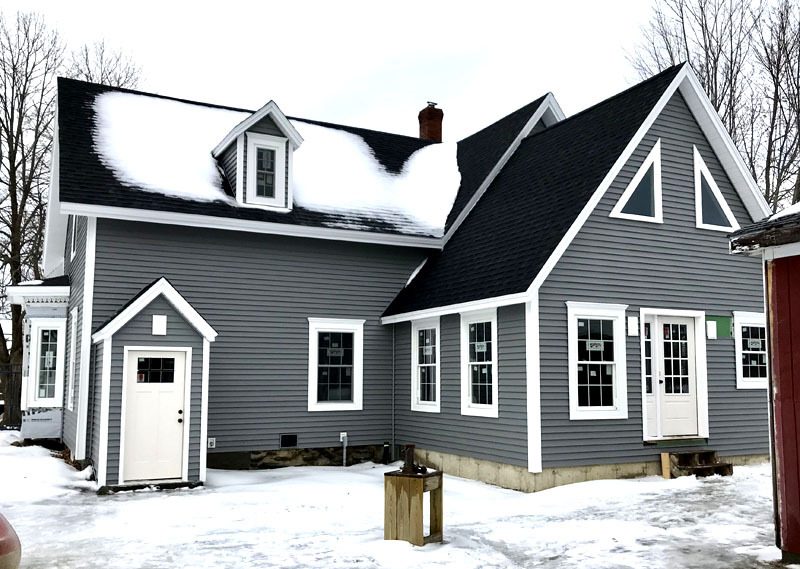
Metal siding
Steel cladding is another budget finish. The galvanized parts are easy to sheathe and the UV-resistant polyester coating protects the metal from rust. Siding can be aluminum, and it is completely lightweight and extremely durable material.
The undoubted advantages of this beautiful type of finish are combustion resistance, immunity to extremely low (down to -50 ° C) and durability, especially if you choose parts with 0.65 mm thick.
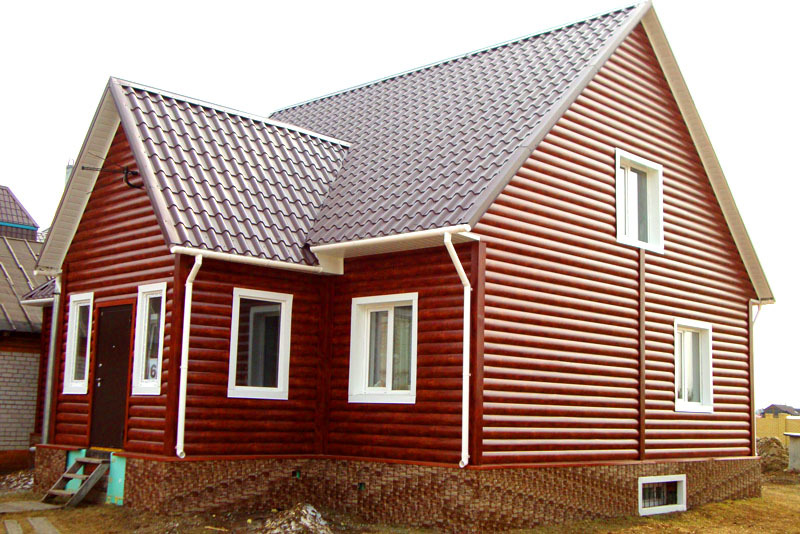
Metal siding also has disadvantages: it heats up on hot days and requires installation on a heater due to its high thermal conductivity. This material is not cheap either.
Acrylic panels and their characteristics
Acrylic (polymer) panels have been produced recently. They are highly resistant to UV light and temperatures up to + 80 ° C. This paneling can be washed using cleaning agents that contain acids and alkalis.
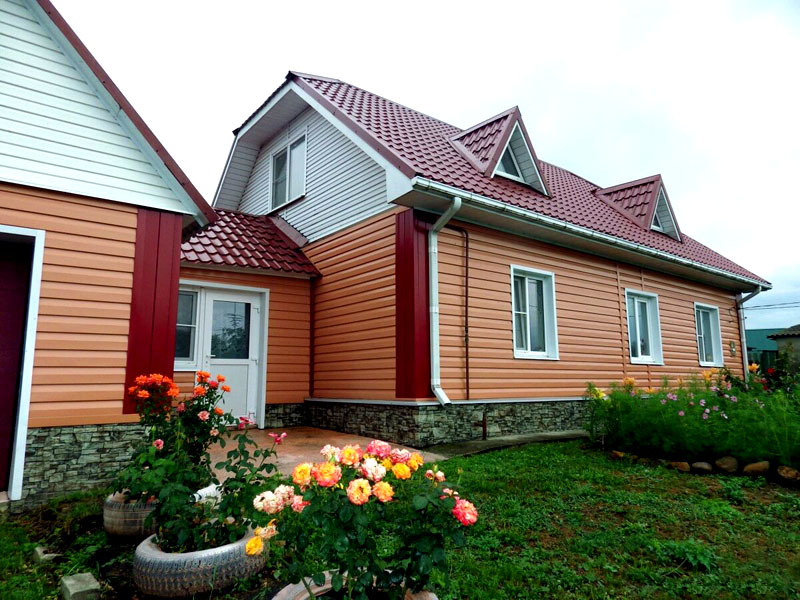
But this material is often counterfeited, and is not cheap. So when buying acrylic panels, you must necessarily require a certificate and a manufacturer's warranty from the seller.
Ceramic siding (Japan)
Ceramic siding is made from a cement mixture with clay and other components of natural origin. When fired and pressed, durable ceramic slabs are obtained that look great as a facade of a house.
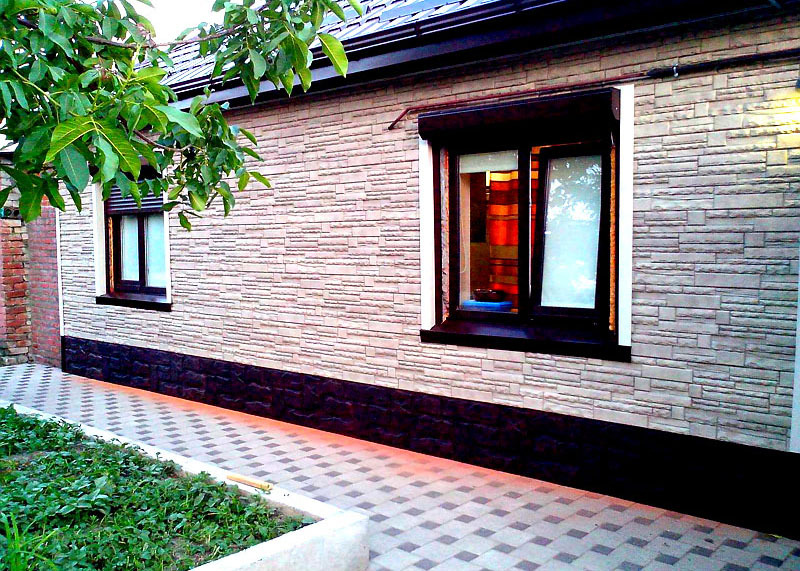
The details of the cladding are tightly joined and do not allow moisture to pass under the cladding, but at the same time they do not interfere with good ventilation. Ceramics is not afraid of mechanical damage, it is almost impossible to scratch it. And finally, it has the ability to clean itself, because it does not retain dirt and dust on its surface.
But the weight of the cladding is considerable, so it is not easy to revet buildings with this material.
Fiber cement siding
Fiber cement siding is similar to ceramic. But for reinforcement in the slabs, synthetic fibers are used. It also has a wide range of colors - manufacturers imitate brickwork, stone or natural wood on these panels.
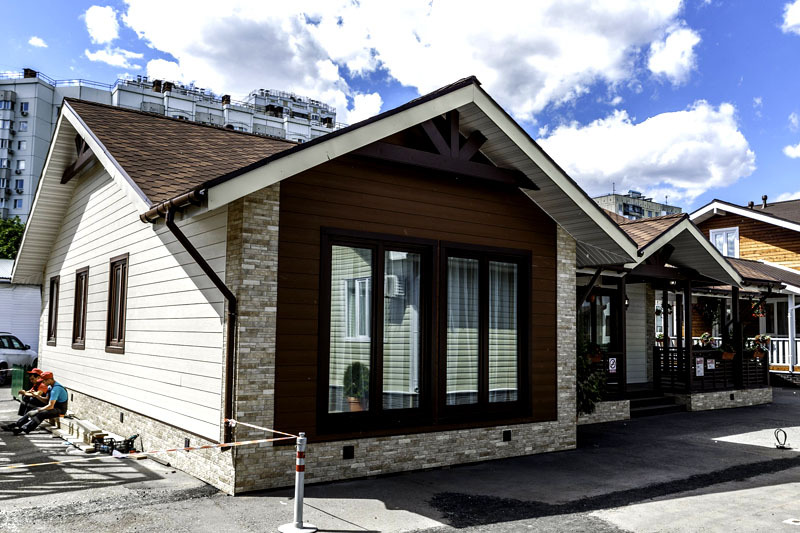
However, this material is not resistant to moisture and may deform.
Wood cladding
Wood siding is not a slab or planks. The modern material is produced on high-pressure pressing machines. Compositions are added to wood fibers during production to increase resistance to various negative factors.
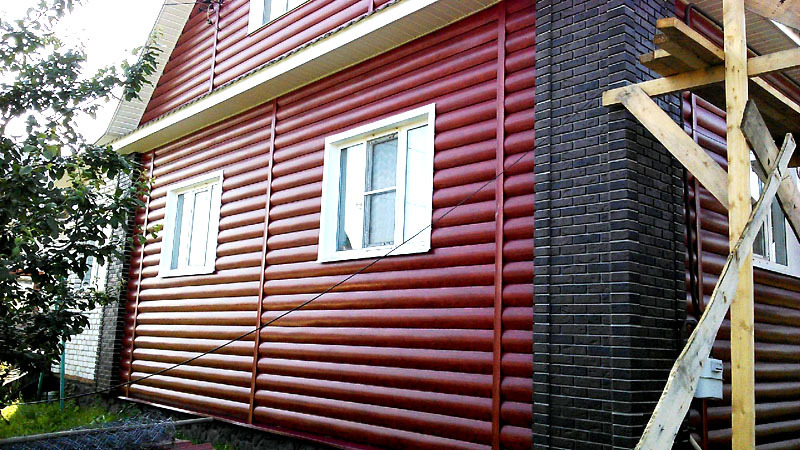
This material is easy to handle and install, and it is also environmentally friendly.
But the wood sheathing is not fire resistant. So it is not worth revealing houses with such panels in areas where natural fires often occur. This material is not waterproof and can deform if not properly cared for.
Attention! Natural siding is about 40% more expensive than acrylic and vinyl.
Related article:
Siding "under the tree": materials used for manufacturing, sizes, colors, popular types of profiles, advantages and disadvantages, recommendations for choosing a suitable material, the procedure for performing installation works.
Plinth cladding
Basement siding is produced in the form of panels with a size of 100 by 50 cm. It is made from metal, ceramic, acrylic and vinyl. For finishing the basement, use a material that is stronger and with greater thickness.
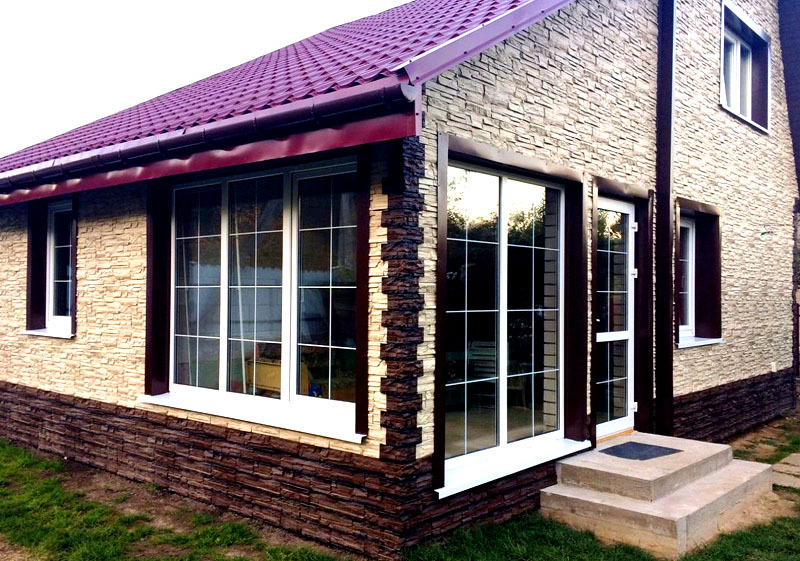
A feature of specialized basement panels is resistance to weathering, due to which their service life is designed for 50 years. Installing them is no more difficult than conventional wall panels, they can be placed on any foundation.
The disadvantages of these panels depend on the material from which they are made, ceramics will require a lathing, and vinyl or acrylic is fragile.
Design of houses clad with siding: by photo or by budget
In each case, the decoration of the facade of the house is individual. Where to start choosing? First of all, with an assessment of your financial capabilities. The budget option is vinyl, the rest of the panels will cost significantly more.
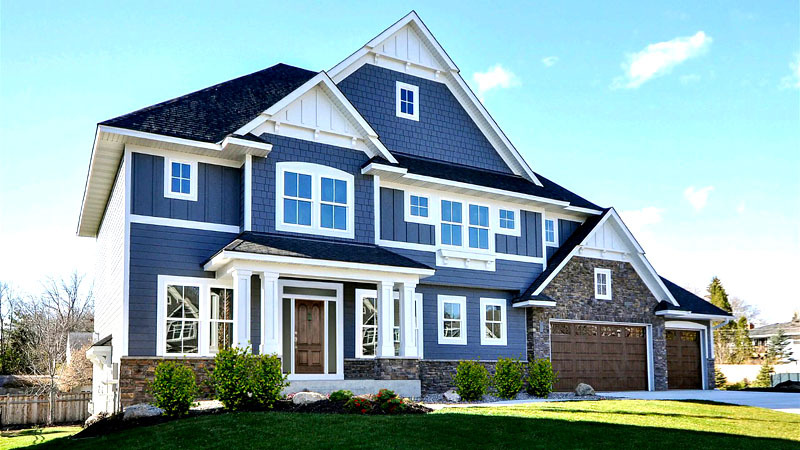
Having decided on the color and texture of the material, pay attention to its quality, thickness and coating.
When choosing panels, take into account the natural conditions of the region.
And finally, if you decide to install the cladding yourself, choose lightweight panels with locks.
How to install siding with your own hands: basic recommendations
Siding installation is not as difficult as it seems at first glance. The main thing is to adhere to the manufacturer's recommendations and correctly purchase material with all strips for starting and finishing work, decorating corners and joints, framing window openings.
To install siding, you need tools:
- drill and screwdriver;
- jigsaw;
- roulette;
- building level;
- screwdriver;
- cord for marking;
- marker;
- assembly knife and scissors for metal.
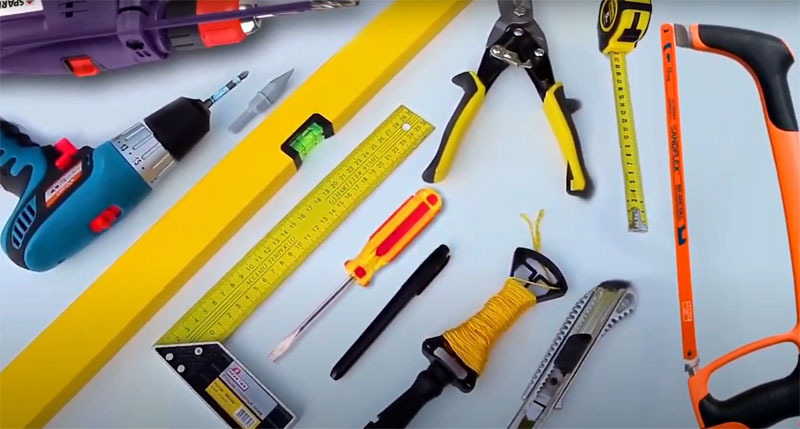
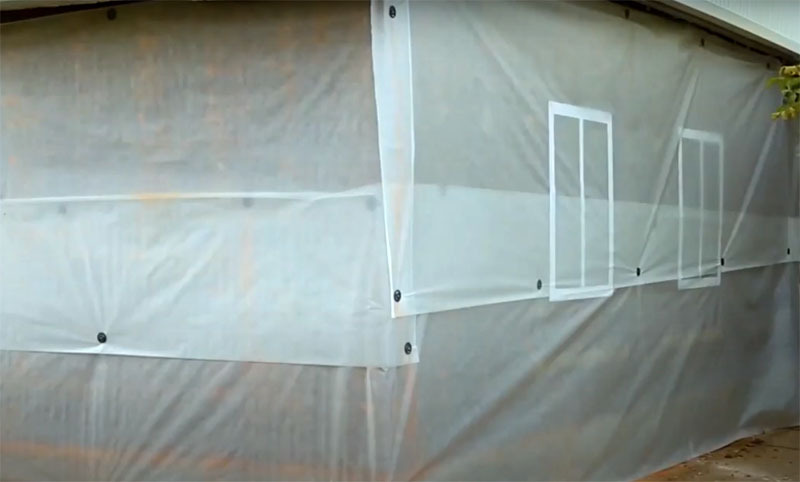
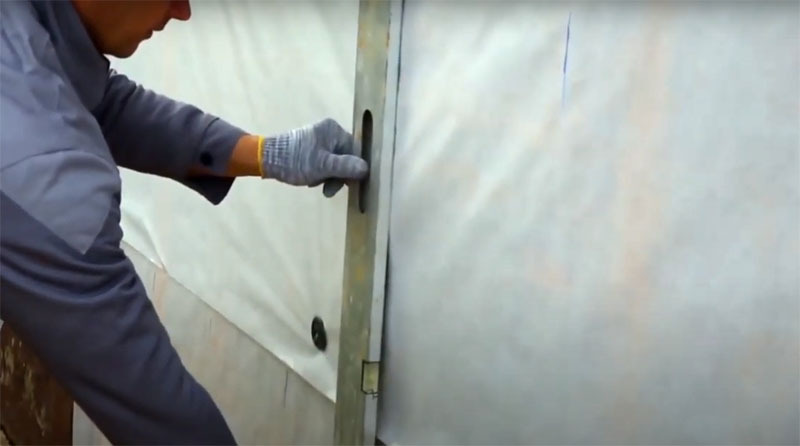
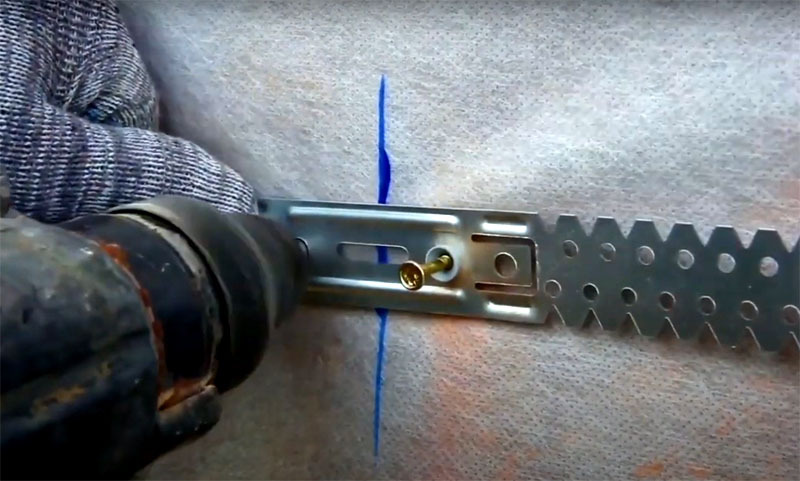
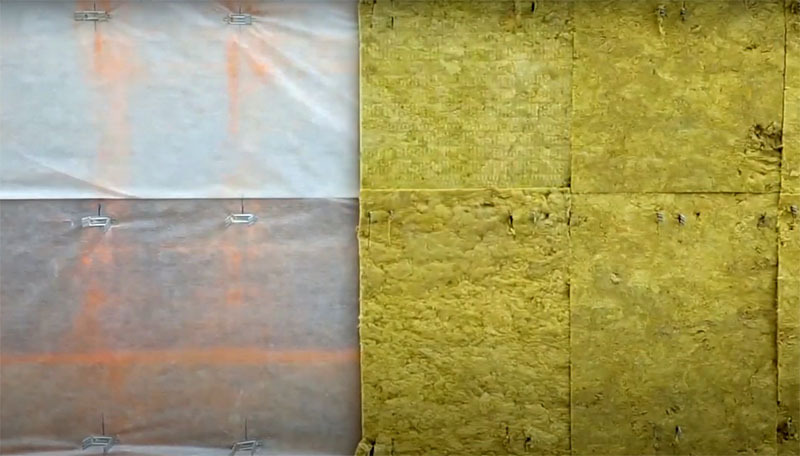
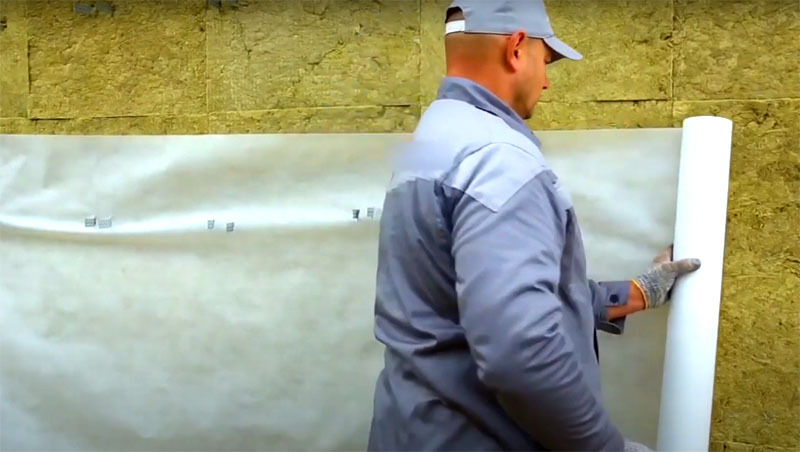
Attention! Accurate marking of the guiding parts of the frame is an important condition for the reliability of the sheathing.
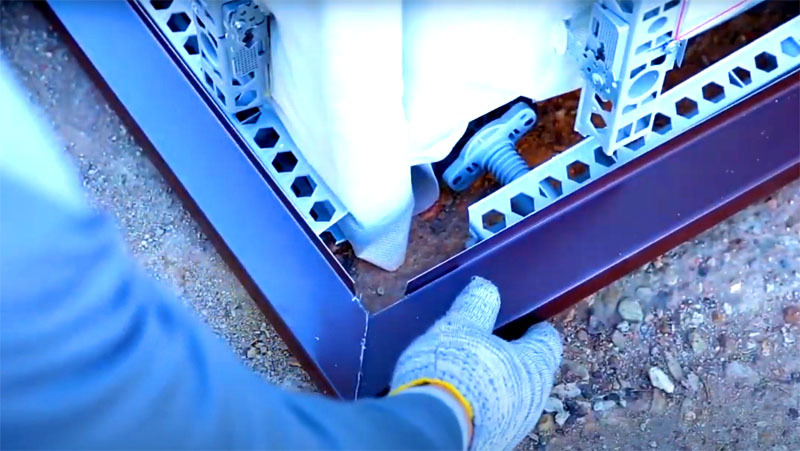
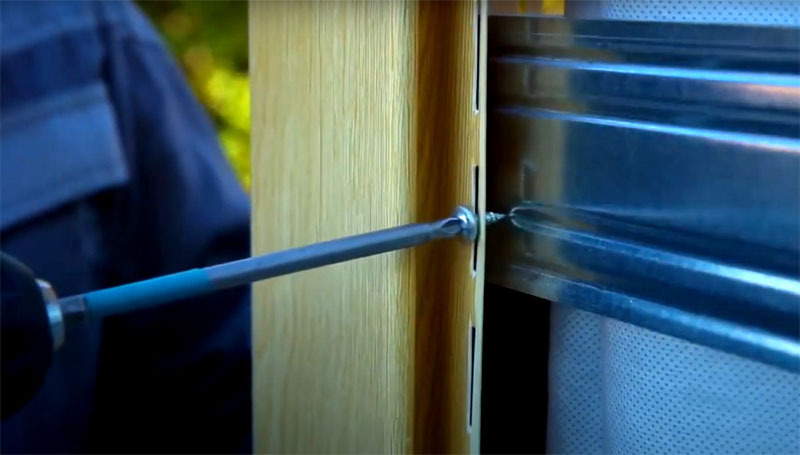
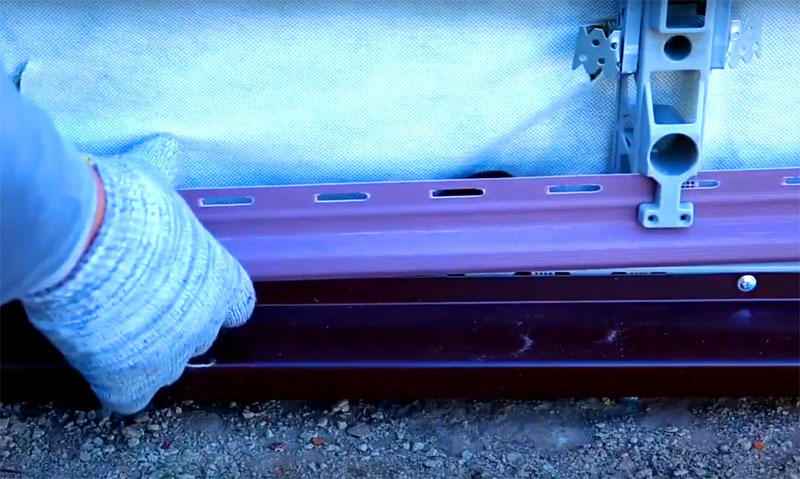
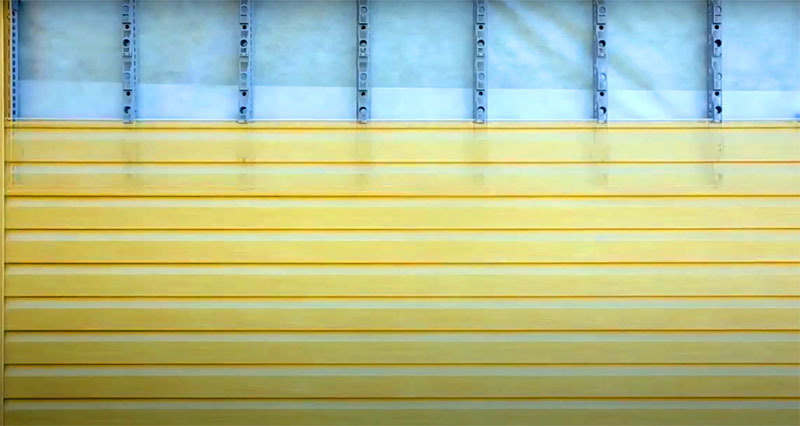
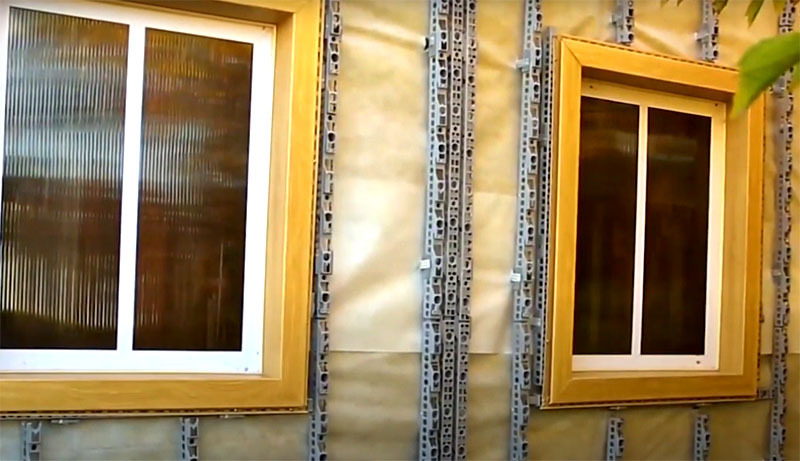
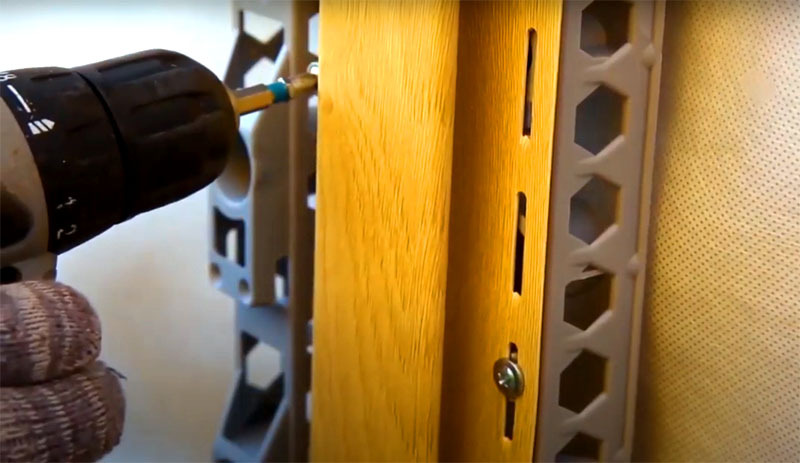
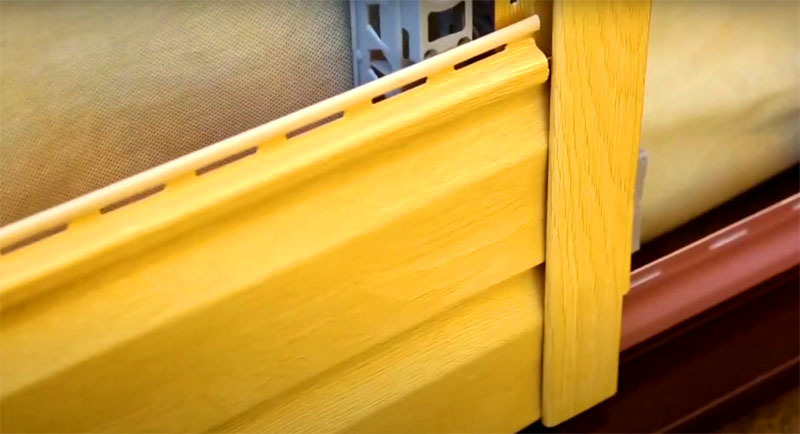
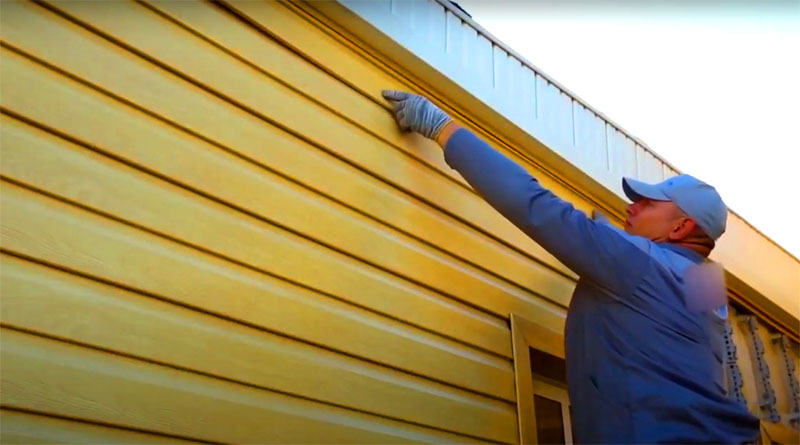
Attention! The details cannot be screwed tightly to the risers, they should "walk" a little. This is necessary in order to compensate for the process of natural deformation of the material during temperature changes.
For the most common mistakes when installing siding, see this small video:
Do you have a plot with a house? If so, what did you sheathe it with? And which of the listed examples can you recommend to our readers? Write about it in the comments!

